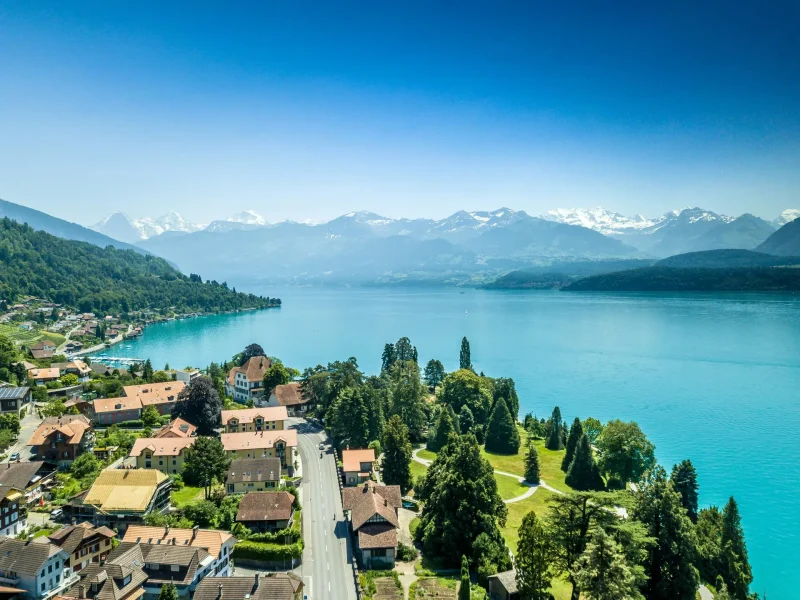
Local green energy for your business
We understand your business and its energy needs – wether small or large scale enterprise. Take the first step and be part of your local power community.

We understand your business and its energy needs – wether small or large scale enterprise. Take the first step and be part of your local power community.

Few employees, little or no energy-intensive equipment, normal office or store opening hours.

Longer operating times, multiple devices in parallel use (e.g. furnaces, cooling systems), multiple employees
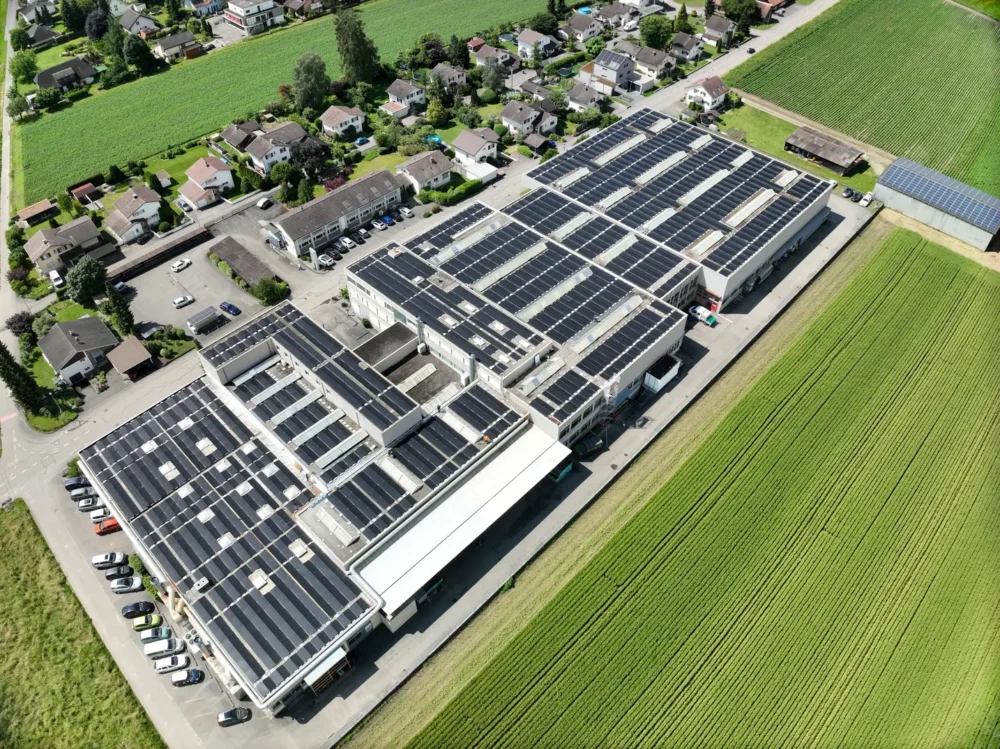
Energy-intensive processes, 24/7 operation, many machines, large building areas

Reduce your energy costs and CO₂ footprint today.
A LEG makes it possible to produce solar power locally and supply it to multiple consumers across property boundaries—simply, efficiently, and in accordance with legal regulations.
How does it work?
An external operator – e.g. enshift – builds the PV system. The electricity is fed into the grid locally, measured digitally, and distributed directly to participants—even if they don’t have their own roof. LEG participants remain customers of the grid operator
In a self-consumption community (ZEV), residents of one or more buildings join forces to produce and use solar power together. As a group, they are treated as a single end consumer by the distribution network operator while remaining connected to the public grid.
With enshift managing the organisation and administration, they can simply join the community, while enshift handles the technical setup, contracts, and coordination with the distribution grid.
With a virtual self-consumption community (vZEV), solar power is generated at an external plant and digitally assigned to you through the public grid. Even though the exact physical electrons can’t be tracked, the allocation is legally guaranteed.
enshift takes care of the setup, contracts, and billing, so you can easily benefit from local solar power without needing your own rooftop panels.
A PPA is a long-term power purchase agreement directly with a solar power producer. It guarantees you a fixed amount of electricity at a pre-agreed price for a number of years.
Unlike traditional electricity supply contracts with an energy supplier, PPAs are more flexible. They link the electricity supply directly to a generation plant, such as a solar power system.
Local green electricity not only brings financial benefits but also strengthens your regional energy security. What’s really behind it?
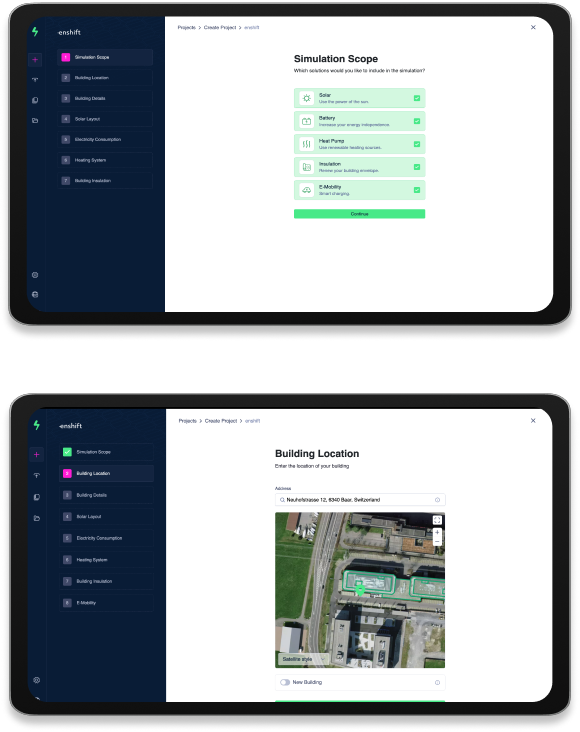
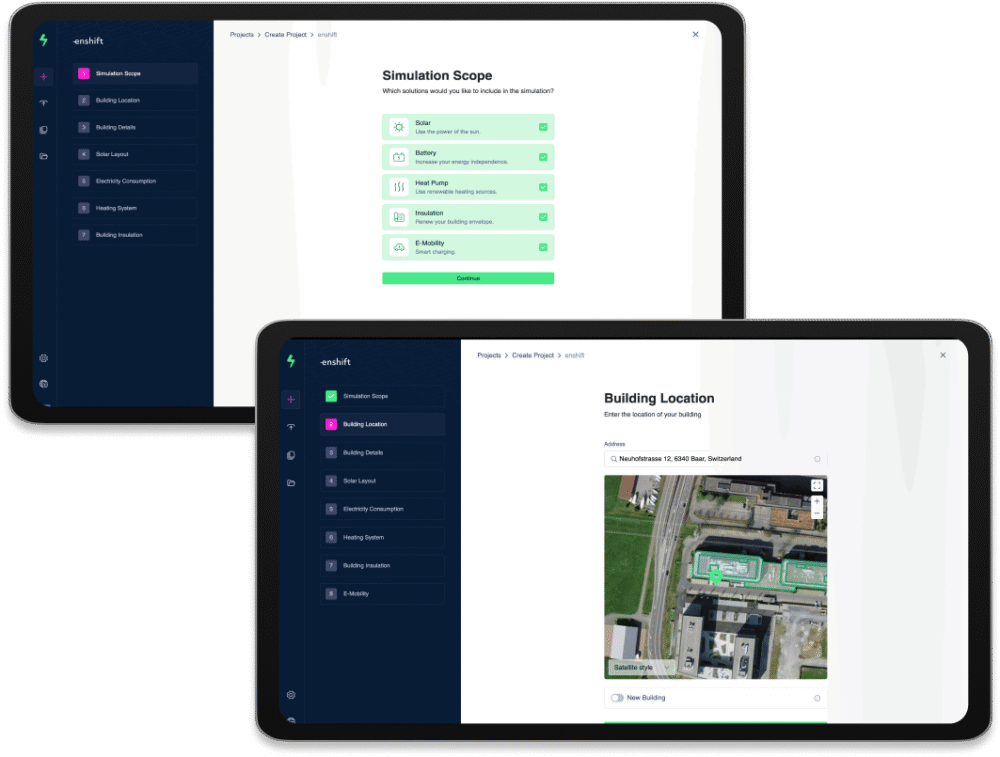
Every property has its own energy needs. We differentiate between different types of
consumers and develop customized
energy solutions for you.
Whether residential, office, or commercial property: with enshift, you receive a
transparent analysis of your annual
electricity consumption and a sustainable power supply tailored to your needs.
This way, you benefit from maximum energy efficiency, reliable supply, and long-term planning
security.
A ZEV (Shared Self-Consumption) is like a mini electricity club where connected buildings share power and bills—everyone pitches in, so if one person doesn’t pay, the others cover it.
A vZEV (Virtual ZEV) works the same way but connects through the public grid.
A Local Electricity Community (LEG) lets members keep their own contracts while sharing any self-produced electricity. Virtual ZEVs can join, following the LEG’s rules, but everyone handles their own bills. It’s an easy way to cooperate, use more local energy, and make the most of what you produce.
Starting January 1, 2026, it will be possible to officially register a Local Electricity Community (LEG) under the new regulations.
Setting up a LEG typically takes about three months, and activation can only occur at the beginning of a month. This means the earliest official start date will be April 2026.
You can already register online with enshift. After registering, you’ll receive an automatic confirmation email, placing you on the list for your future Local Energy Community (LEG).
Starting January 1, 2026, enshift will officially register your LEG. From that point, electricity suppliers will have three months to set up the required infrastructure. Your LEG will become operational in April 2026, allowing you to benefit from locally produced renewable energy.
A grid area defines the geographic region where a grid operator is active. In Switzerland, the electricity network is divided into seven grid levels. For Local Electricity Communities (LEG), the relevant ones are:
Level 7: low voltage (below 1 kV), where households are connected
Level 6: the transformer level in between
Level 5: medium voltage (1 kV to 36 kV)
The Federal Council’s draft ordinance clarifies the requirement of local proximity, allowing a Local Electricity Community (LEG) to extend across the territory of an entire municipality – the maximum permitted by law.



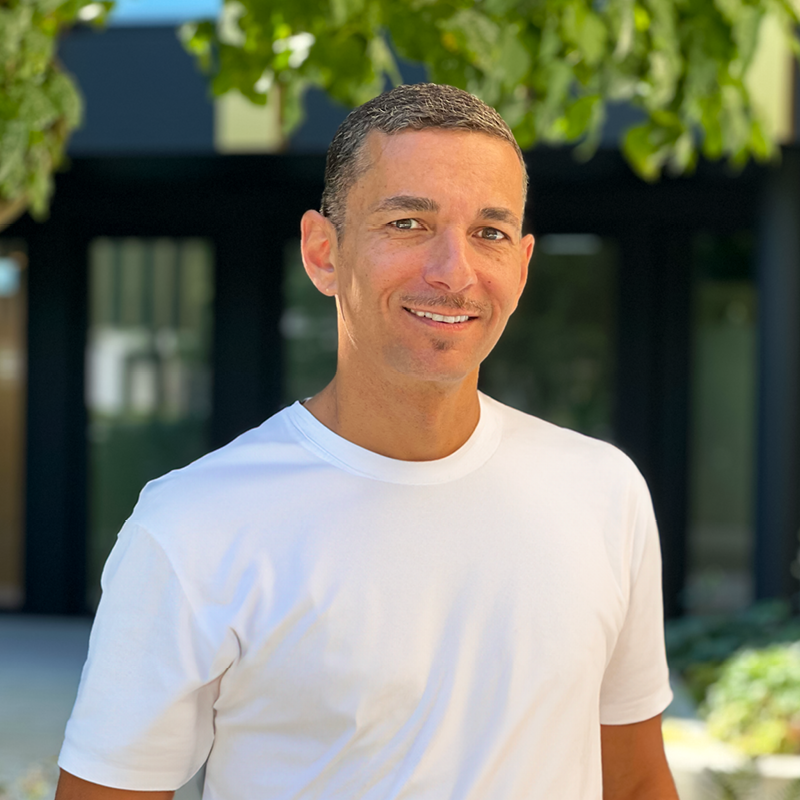

Do you need more Information about LEG or green energy? Write us or book a consultation.
Book consultation